At the car park, we wandered a little to a vacant plot where we can see the start of Squamish Village. The village is where the people of the Squamish Nation live in Indian Reserves. From the viewpoint, we could see pier structures and there were logs soaking in the waters of Howe Sound. Through my lens, I saw some containers and warehouses. There were several cars parked at this vacant area. It looked to me that these were either campers or picnickers as the park has several camping sites in its vicinity.
The trail to the falls was about 10 minutes walk where we had to cross a railroad. All along the trail where the river flowed beside us were fences and warning signs. We could hear the thundering roar of the waterfall from a distance. Judging by the roar, the waterfall sounded voluminous which had me excited.
At the viewpoint, Brandywine Falls look formidable with tonnes of water just endlessly pouring down and hitting the pool below with such powerful impact. It was amazing to watch the green river water turned to a rope of white at the edge of the waterfall.
The rock structure around the falls is amazing too. Next to the waterfall is an arch rock structure which looked rather cave-like with trees growing on top of it. With the zoom of the lens, the rock structure is of a pattern of cuboid-like shapes which reminded me of my visit to the Giant Causeway in Northern Ireland where the rocks are of hexagonal shapes. According to this (I like the title of this article, A hangover from Ice Age), the rocks here are of basalt lava formation which are as old as 34,000 years.
Story has it that the name Brandywine came from two surveyors who were placing their bets, one a brandy bottle, the other a wine bottle, on the height of the waterfall.
View of the Howe Sound waters from the vacant plot

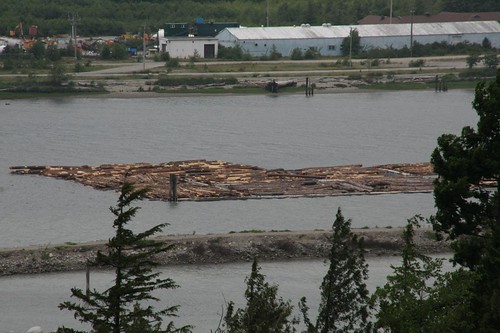

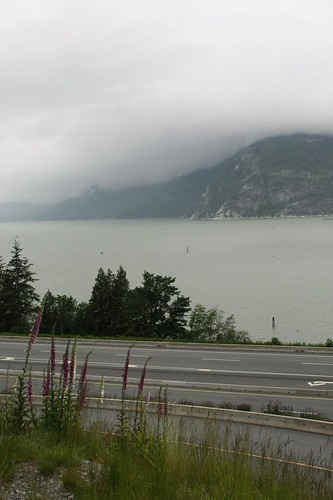
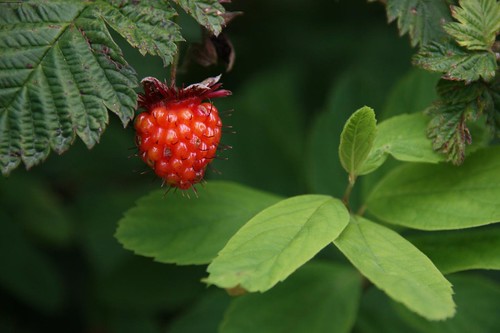
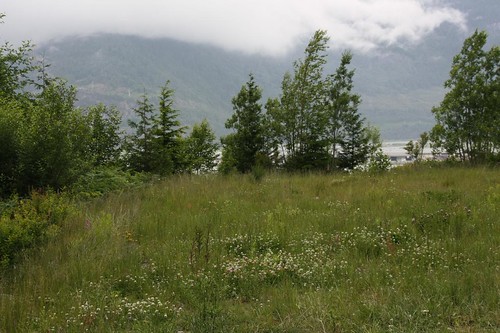
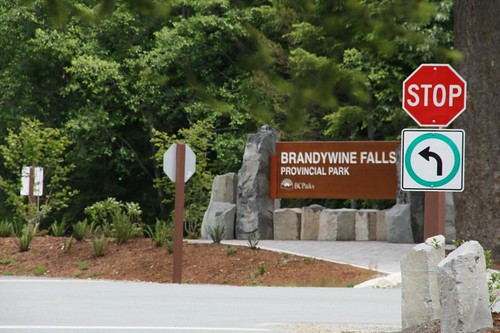

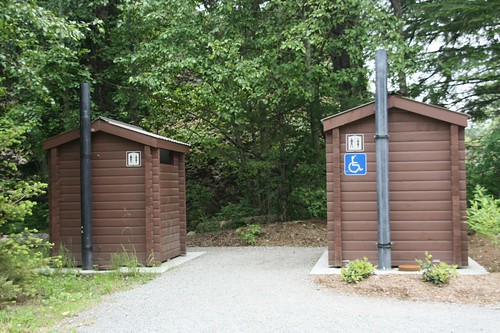

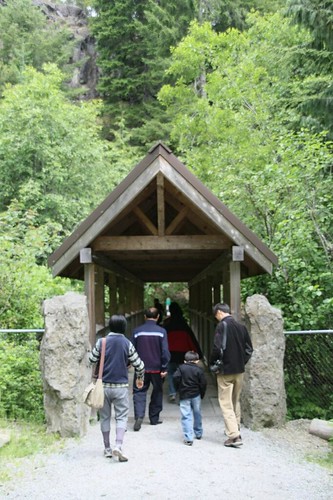
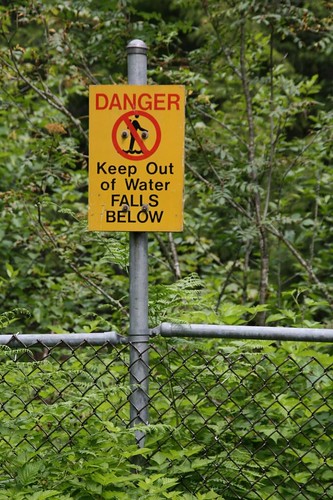
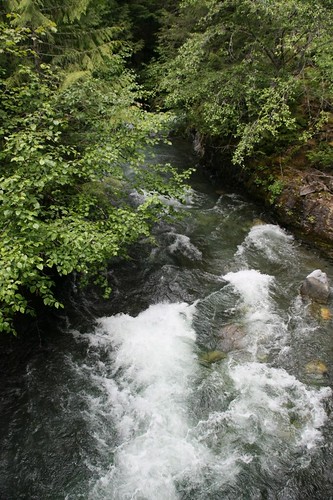
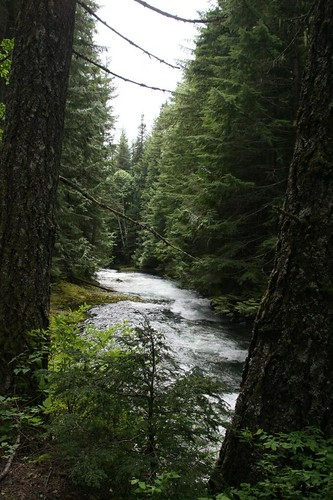

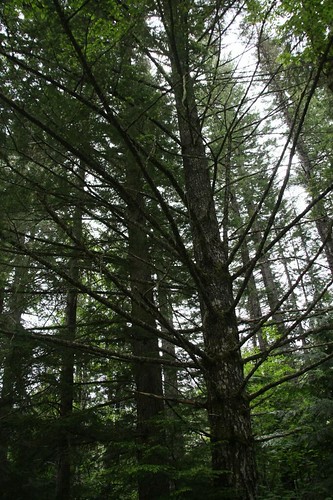
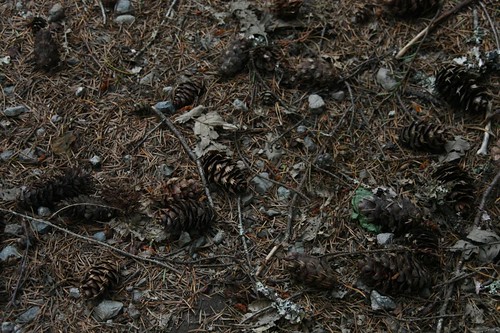
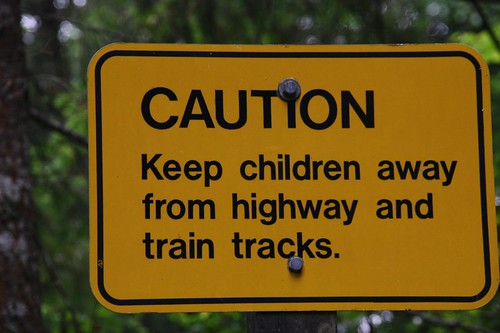
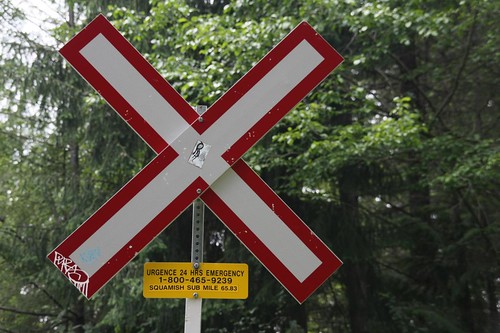
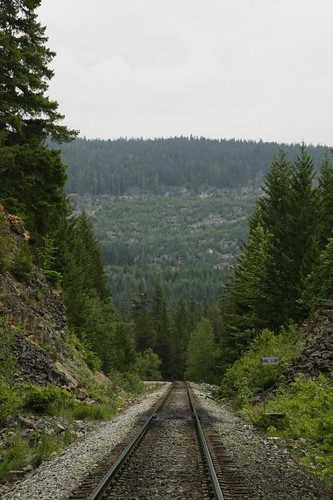

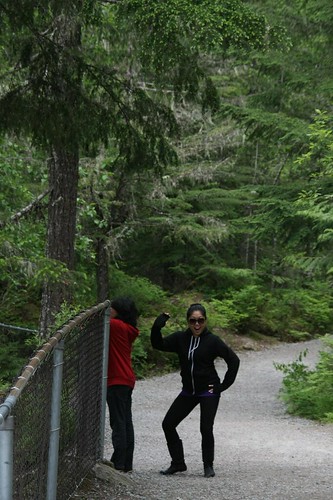


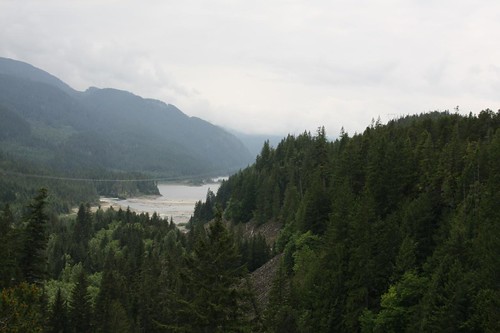
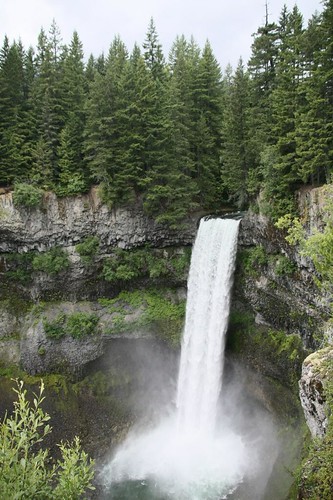
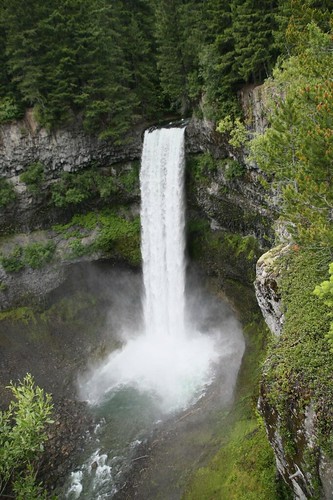
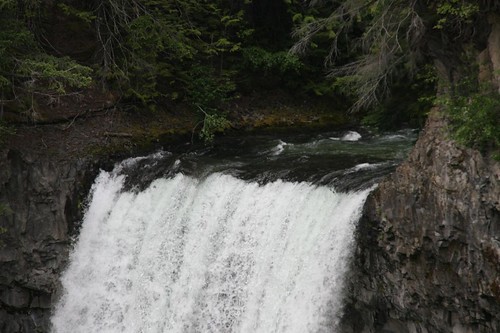
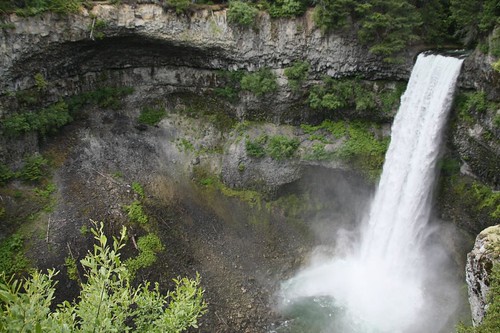
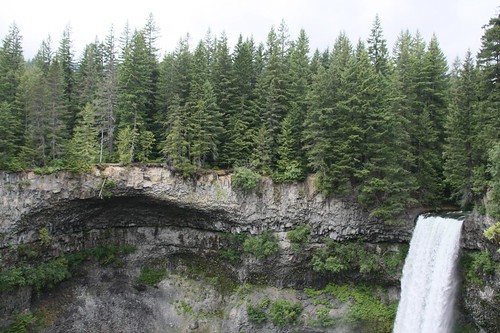
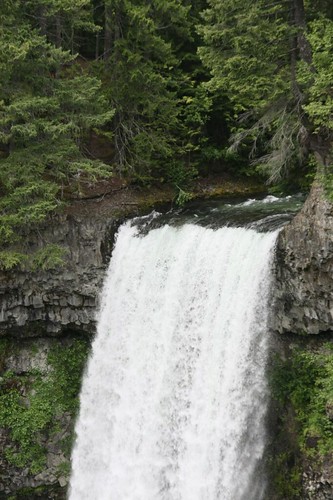

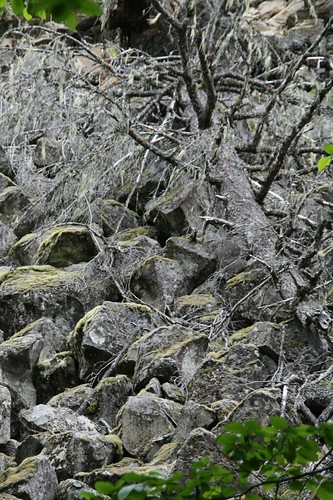

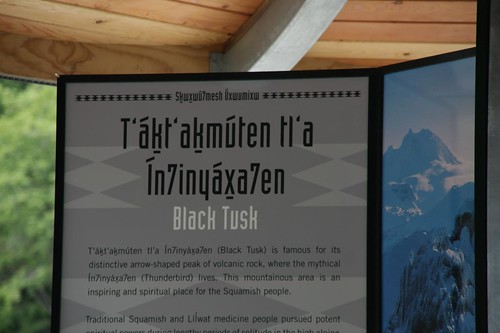
No comments:
Post a Comment